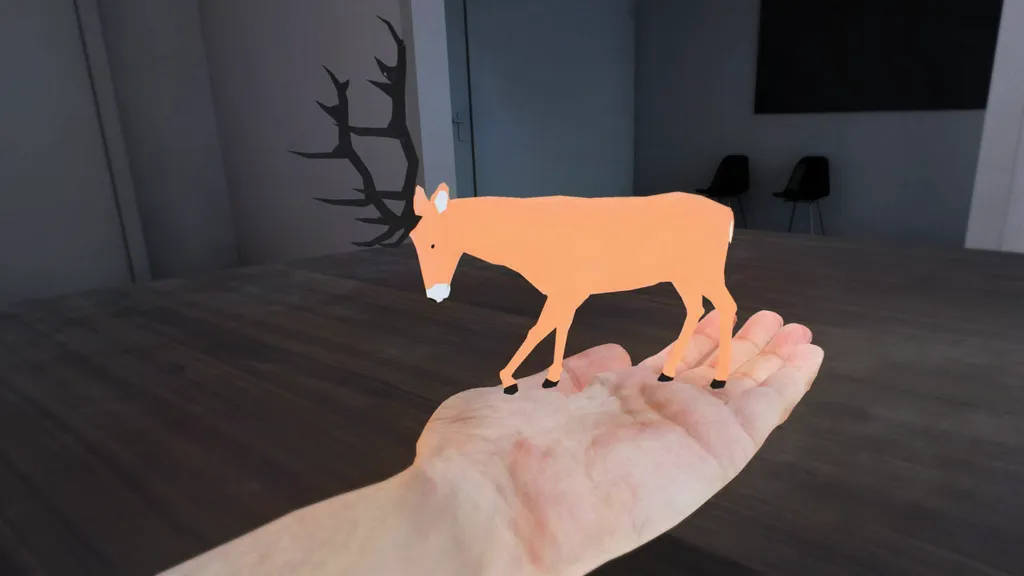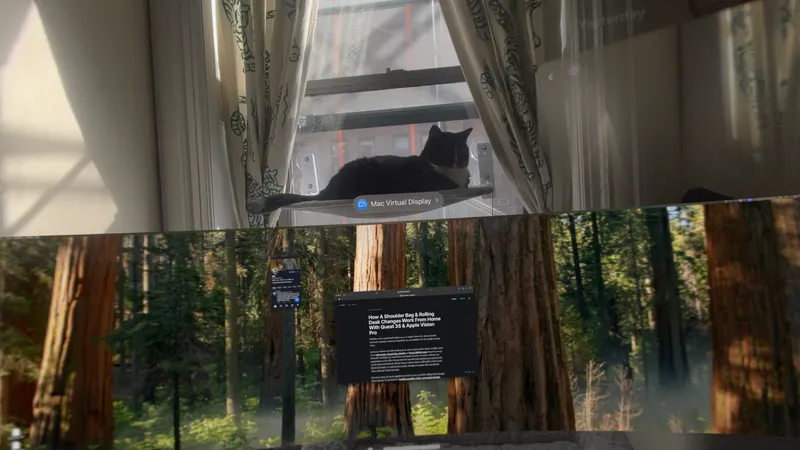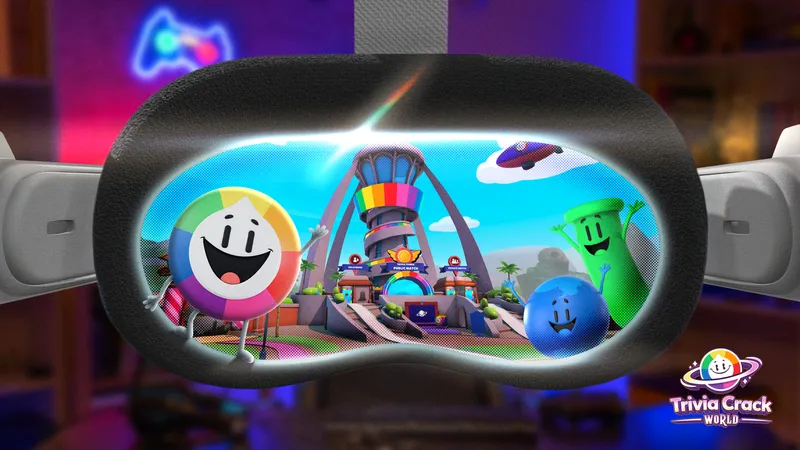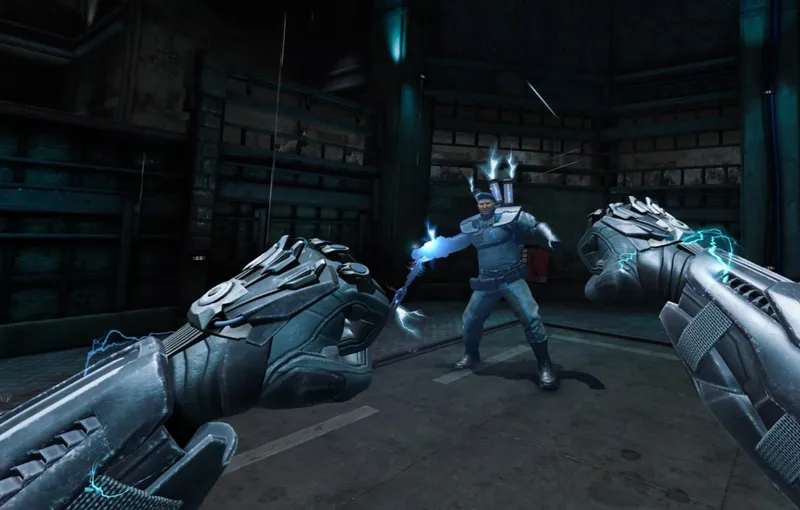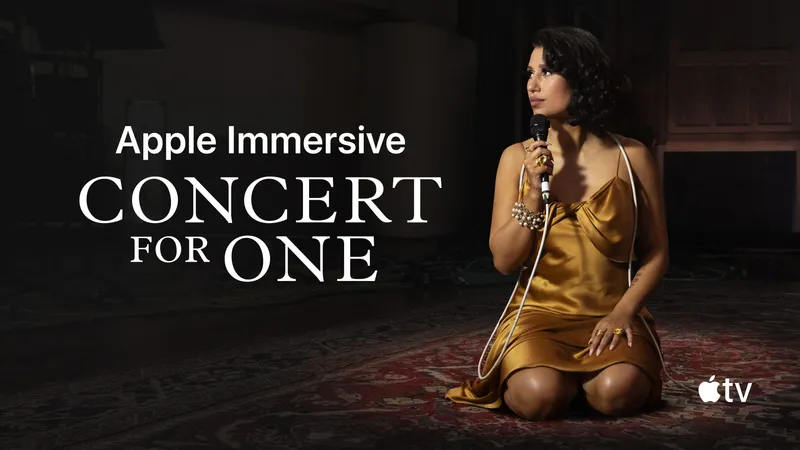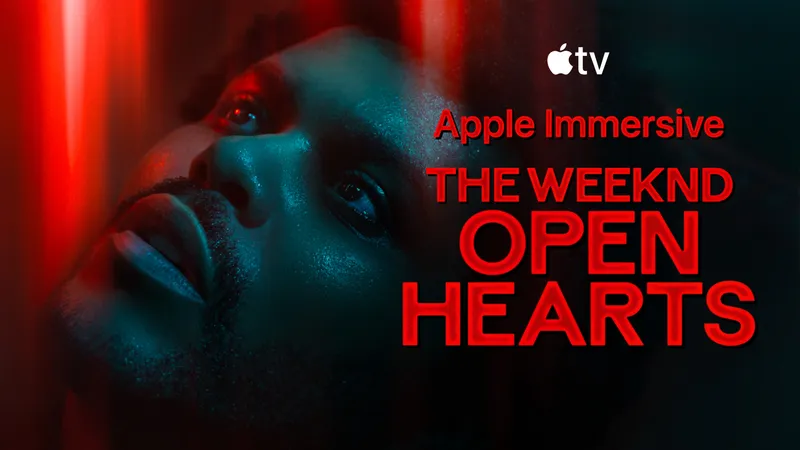We don’t know for sure if it’s the result of growing interest in haptics, the right moves at the right time, or a combination of both but AxonVR has pulled in the largest funding round for haptic feedback thus far. The company responsible for the HaptX platforms has acquired $5.8 million in a recent funding round. We spoke with Jake Rubin about AxonVR’s recent developments and what this new funding round means to the company.
https://www.youtube.com/watch?v=vYbt5tW3rHA
A previous round of funding for AxonVR back in 2014 put them in a position to develop proof-of-concept prototypes for the HaptX platform which has seen significant growth since.
“This latest round of seed funding will take us from proven technology to commercially-ready products,” Rubin said. “Next year, we expect to deliver our first HaptX products to enterprise customers in the location-based entertainment, training and simulation, and design and manufacturing verticals.”
We’ve reported on new tools like Rokoko’s motion capture suit and studios like Survios wanting to go beyond immersive VR into something more human. Survios’ likely meant that regarding the depth of the experience delivered by software, but achieving such a feat may rest with advancements in haptic technology. VR has the means to trick our eyes and ears, but haptics will open the door to our sense of touch. Rubin notes that some haptic devices utilize techniques that are symbolic by just letting you know you’re touching something with a jolt or buzzing sensation. HaptX carefully controls the pressure of thousands of actuators across the surface of the skin. A combination of those actuators produces a large array of sensations to reflect what’s happening in the virtual space, even related to thermal sensations.
It’s still early but Rubin does believe haptic technology will spread across various industries in the near future. AxonVR is focusing on advancing the technology in location-based entertainment.
“Consumers will be able to experience advanced haptics in theme parks, arcades, multiplexes, and other location-based entertainment venues within 2-3 years,” he said. “I expect it will reach the consumer in-home market not too long after widespread enterprise adoption.”

